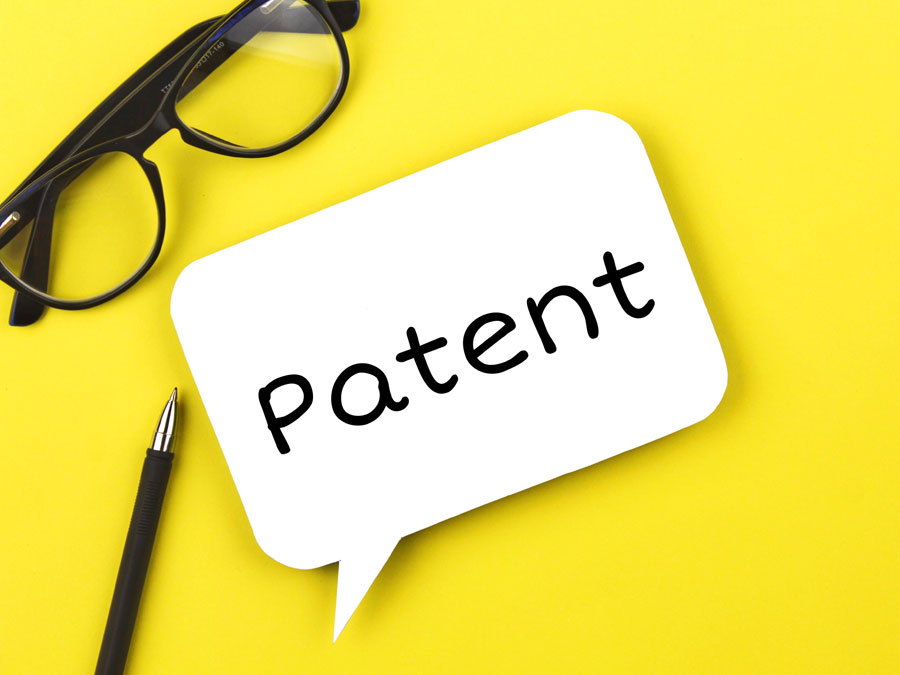
US Patent No. 8701665-Automatic Control System for Mechanical Ventilation for Active or Passive Subjects
- U.S. Patent No: 8701665B2
- Issued on: April 22, 2014
- Category: Mechanical Ventilation
Tehrani, Fleur T., Automatic Control System for Mechanical Ventilation for Active or Passive Subjects, US Patent No. 8701665, issued April 22, 2014.
Abstract
A method and an apparatus for controlling a ventilator to automatically adjust ventilation assistance to an active or passive subject. The method includes determining the volume and flow rate of gas to the patient during inspiration on an ongoing basis, and generating control signals in proportion to the volume and flow rate of gas to the patient wherein proportionality factors, and support levels for the elastic and resistive components of pressure are automatically adjusted by the ventilator. The ongoing pressure applied by the ventilator is a sum of elastic and resistive pressures that are automatically controlled by the system. When the patient breathes spontaneously, the support levels are automatically adjusted based on the patient’s requirements. If the patient does not breathe spontaneously, the ventilator provides ventilation at an optimal level and rate. The method may be used in weaning or in the management phase of ventilation.
Description
1. Field of the Invention
The present invention relates to mechanical ventilators, and more specifically, to a ventilator control system that automatically adjusts a supply of breathable gas to an active or passive subject to achieve an automatically determined support level.
2. Description of Related Art
Mechanical ventilation is a treatment technique for the provision of full or partial respiration assistance to humans or animals with respiratory failure or those who due to surgeries or various other medical conditions cannot breathe on their own. During the course of this life-saving treatment, it is of paramount importance to provide optimal therapy to patients. The amount of ventilation needs to be adjusted in accordance with patient’s requirements and the frequency of delivered breaths should be close to the natural respiration rate of the patient. Provision of inappropriate treatment can cause numerous untoward conditions in patients and induce asynchrony between the machine and the patient. Lack of synchrony between the patient and the ventilator can significantly increase the work of breathing, necessitate the administration of sedatives, prolong the treatment and delay weaning which can all cause complications that may lead to increased mortality and morbidity rates of patients on mechanical ventilation.
There have been many advances in mechanical ventilation in the past several decades. U.S. Pat. No. 4,986,268 (Tehrani) disclosed a novel technique for mechanical ventilation. Using that technique, tidal volume and respiration rate were automatically adjusted by the ventilator based on the bodily requirements of the patient. In that invention, the frequency of delivered breaths was automatically adjusted to minimize the work rate of breathing based on the changing respiratory mechanics of the patient. This was done to provide a breathing pattern that was close to natural for the patient and help synchronize the ventilator with the patient. This system was later adopted in ventilators and has been in use in practice for a number of years.
In order to improve mechanical ventilation during the weaning phase of the treatment, a system for automatic control of weaning was disclosed later in U.S. patent application Ser. No. 11/841,806. In an embodiment of that invention, the ventilator’s output is adjusted automatically during weaning based on the strength of the patient’s spontaneous breathing.
U.S. Pat. Nos. 5,044,362 and 5,107,830 (Younes) described a novel technique for mechanical ventilation in which the ventilator applied additional airway pressure during the inspiratory phase of ventilation that was proportional to the patient’s own developed airway pressure. In this technique, the volume of gas inhaled by the patient and the rate of gas flow to the patient were measured during inspiration and the pressure applied to the patient’s airways by the ventilator was proportional to the elastic and resistive pressures developed by the patient’s own inspiratory effort. In this technique, the ventilator followed the patient’s spontaneous respiratory pattern, and therefore, there was significant synchrony between the machine and the patient. This technique, which has been used in mechanical ventilators in practice in recent years, is particularly suited to the needs of patients with significant spontaneous breathing activity and is most useful in the weaning phase of the treatment. A major drawback of this system, known as proportional assist ventilation, is that it cannot guarantee the delivery of a minimum amount of ventilation to the patient. This may lead to a hazardous situation if the patient’s spontaneous breathing activity weakens with time or if the patient develops dyspnea due to fatigue or other causes.
Therefore, it is necessary to provide ventilatory support in concert with the patient’s own breathing pattern that can guarantee the delivery of a minimum required ventilation regardless of the status of the patient and the strength of the patient’s spontaneous breathing activity.

